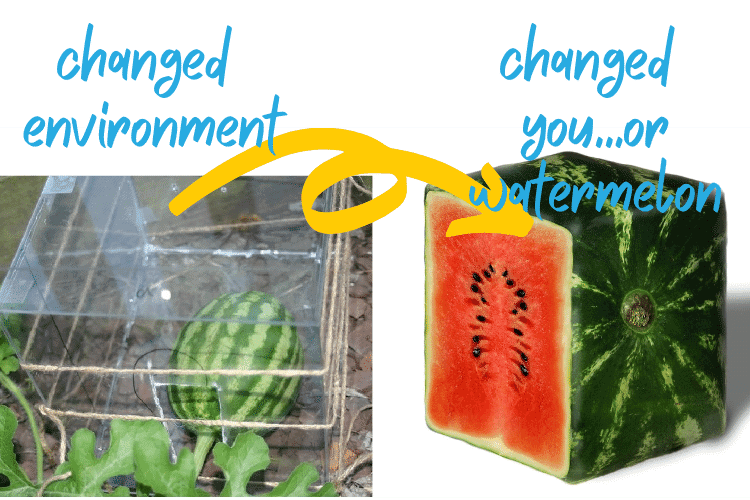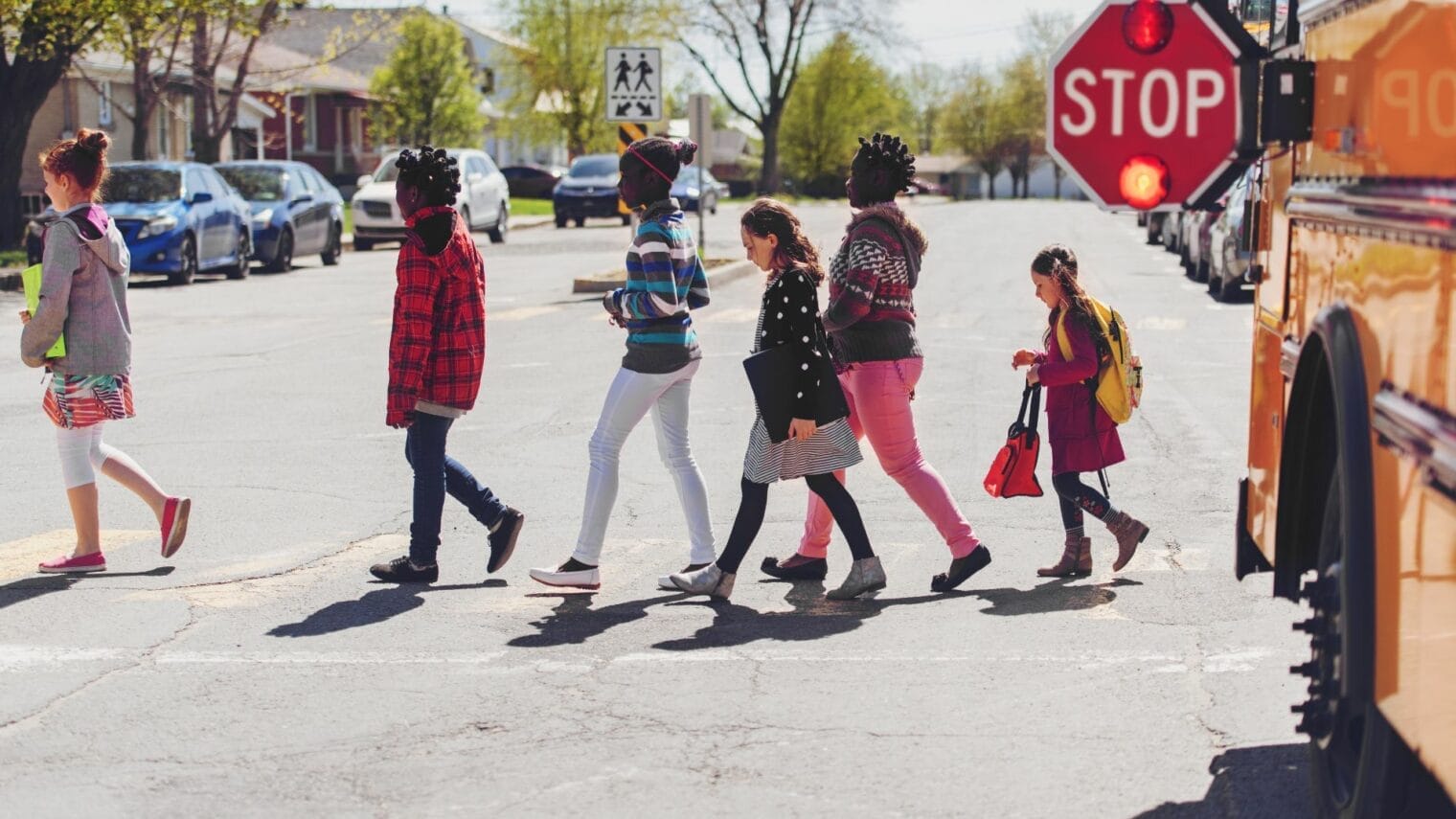Much of our own unhappiness and the world’s problems disappears when we can put ourselves in someone else’s shoes. Everyone has a different story, and understanding their perspectives not only make you feel better about any situations (even upsetting ones) but improve your overall happiness.
Babies start out in life completely egocentric, only aware of and concerned with their own needs, and slowly realize that the world does not only revolve around themselves. Children need empathy to cooperate, lead, communicate and make friends well. The Oxford dictionary defines empathy as “the ability to share someone else’s feelings or experiences by imagining what it would be like to be in that person’s situation.” In other words, empathy starts with perspective-taking.
How do you teach perspective-taking?
For a skill to truly become an inner strength, it needs to be frequently reinforced, and what better way than planning skill practice into the fun things you already do. A popular dinner-time conversation topic in our family is plot and character analysis. We discuss movie/book characters’ motivations, personality traits and reasoning and how these factors influence their actions. We also try to problem solve for these characters, turning any story into a choose-your-own-ending book. This is a fun and effective exercise for teaching perspectives and growth mindset. By discussing children’s movies, cartoons, games this way, parents and teachers help build empathy and make the connection between our thoughts, actions, and outcome.
Below are some conversation starters for you.
1. Who was your favorite character in this movie? And why?
2. What problems did your favorite character face? Can you think of any other ways to resolve these conflicts?
3. Which character did you dislike in this story? Why?
4. What was the villain’s journey? How would you rewind and change the story for the villain to take a better path?
You may also use fractured fairy tales like this one, The True Story of the Three Little Pigs, where traditional fairy tales take on a different spin or alternate ending. Fractured fairy tales and fan fictions are great ways to get children interested in writing, reading, exploring their creativity, and practicing perspective-taking.
Parents, media and employers frequently complain about this generation being entitled, lazy and sheltered. Compared to those who grew up during the Great Depression, when people lived through wearing flour sacks and conserving food, today’s youth haven’t experienced such perspective to practice frugality. People’s actions reflect their thoughts and worldview, so any growth in perspective-taking will help them gain resiliency and adaptability.
When we learn to take different perspectives, we gain in gratitude, contentment and tolerance. Multiple studies highlight the dramatic difference gratitude makes in people’s life satisfaction AND outcome. The human brain prioritizes negative experiences over positive ones, so we need to compensate by deliberately reflecting on our successes and good moments. Researchers found that showing gratitude (whether it’s for a person, situation, or physical object) boosts our happiness, sociability and wellbeing by as much as 25%.
Writing about positive experiences and gratitude benefits both the readers and authors, and it is one of the reasons why curaJOY is hosting the Shining Moments Writing Contest. I highly encourage you to check out what our community has shared here, submit an entry yourself or comment and cheer on those who posted.
Keeping a gratitude journal and handwriting thank you notes are two more practical ideas for adding more positivity and taking different perspectives. Most of us acknowledge the benefits of journaling and gratitude, but we haven’t made them a habit and natural part of our daily routine. Instead of pinterest-share worthy, long gratitude journals, easily-achieved short gratitude practices may work better for you to jumpstart a good new habit. Remember, consistency is key when it comes to making it happen, getting thins done. Below is a quick prompt that my family use every day before bedtime when we go around sharing our answers to The Daily 3, adults included.
Captivating fractured fairy tales that my family has enjoyed:




Leave a Reply